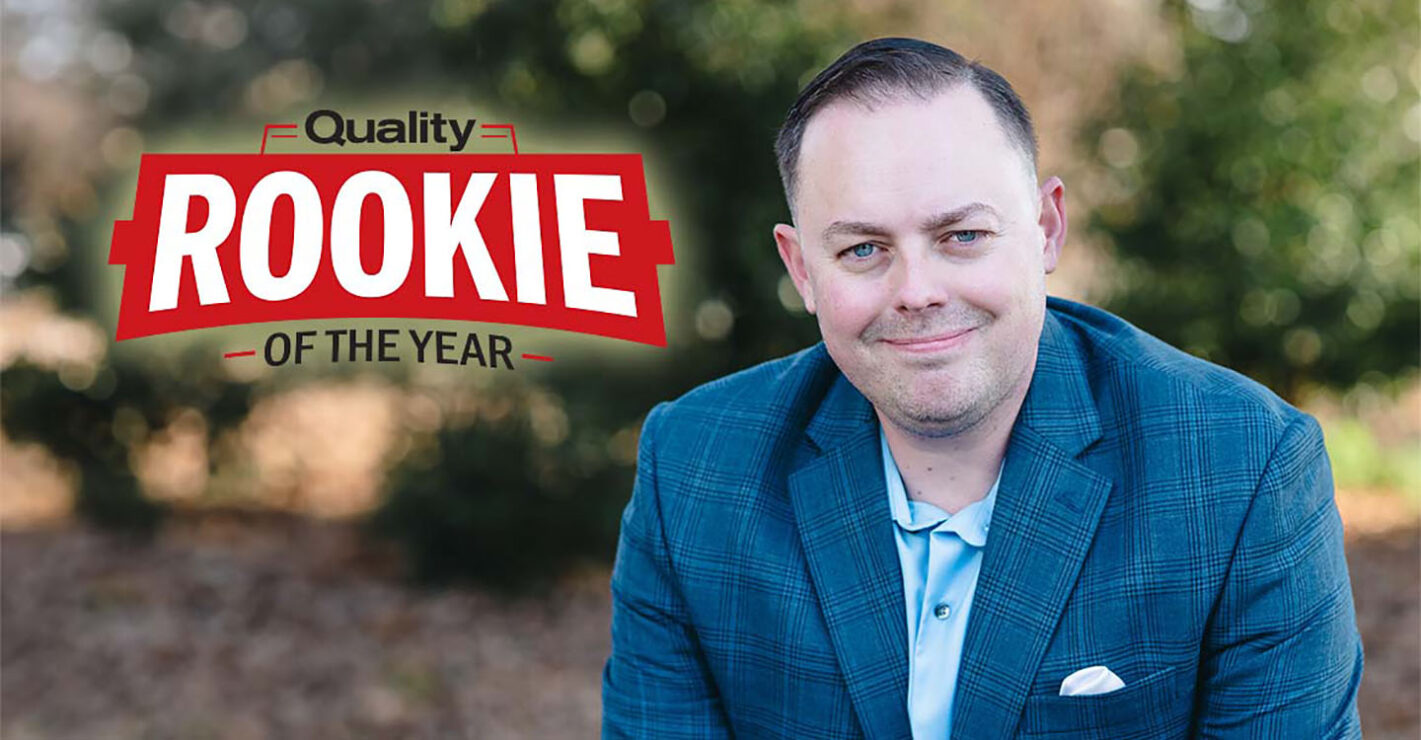Standards 101 | Roderick A. Munro
Internal Auditor OSHA 101 Training
Each of these items can and will lead to ISO 45001 findings from your registrar.

Image Source: FG Trade / E+ / Getty Images Plus
I have personally never been involved with an OSHA audit; however, many of my clients have, and the stories they tell are often not very encouraging. It may not be as bad as an IRS audit, which I have been through, but they typically sound very close.
OHSA has stated that they will conduct an audit on a site for two primary reasons: one is a death or serious injury and two for a signed written complaint by a site employee. If an OSHA auditor shows up at your front door or lobby, they are required to let you know why they are there and will commence by talking to the senior person in the plant. You are allowed to keep them waiting for up to one hour, but after that, they will seek a court order to enter your property. Once you know why they are there, many OSHA auditors will want to first have you escort them to the area of concern for their personal inspection of that area.
It is during this escorted trip that you become very vulnerable as they will typically ask to take the long way around so that they can review more of your site. This is when they are looking for what we referred to as the OSHA 101’s. And the more that they see or note, the longer that their audit will last and each item that they see can lead to a $7,000 fine per item found. One site leader had been audited so many times that he refuses to let the OSHA auditor walk the plant and will escort them outside the building to the nearest exit door where the issue is that is to be inspected. Then back out that same exit door and to the front office area to his office. Obviously, he was not on very good terms with his local OSHA office.
So, what should your internal auditors be aware of and watch out for? This list is not intended to be all inclusive but are the most common issues noted during years of IMS audits conducted at my clients. Each of these items can and will lead to ISO 45001 findings from your registrar as well.
- Emergency Evacuation Maps must be available to personnel, contractors and visitors (typically posted where respective people can see it when needed).
- Emergency Evacuation Maps must be accurate and up to date.
- Emergency Response Plan is to be periodically tested.
- Flammable cabinet – never, ever put anything on top of a flammable cabinet – nothing
- Flammable cabinet – nothing flammable can be stored around the cabinet, i.e. nothing touching the cabinet that could be flammable. This includes wood pallets or wood blocks under the cabinet.
- Flammable cabinet doors MUST be closed properly! I have been told that OSHA auditors go crazy on this one and can lead to any number of additional issues.
- Flammable cabinet, if required must be grounded and/or vented per regulations.
- Flammable cabinet – no mixed chemicals/paints/materials in the cabinet
- Eye wash stations – must be flushed weekly, include the showers if equipped.
- Eye wash stations – the caps on the stems must be in place, workable and in good shape. If the bowls are dirty, this could also lead to issues as the dirt could get into someone’s eyes during use.
- Open access to all eyewash equipment. Nothing can be blocking access.
- Ladders – all five foot or high ladders must be secured when not in use. This usually means being changed to something solid or on a hook on the wall.
- Ladders – must be inspected before use or at start of shift.
- Ladders – must have a detailed periodic inspection to ensure that the ladder is in good operating condition by a trained person. Records are to be keep on these periodic inspects – either via a tag of the ladder or a number that is traceable to formal records.
- Ladder rules apply to contractor owned equipment left onsite at your facility.
- Fire Extinguishers – must be inspected monthly for pressure general condition and have annual full inspection tags.
- Fire Extinguishers MUST have free access to the units with nothing blocking a path to them. Not even a rolling cart.
- Pallets – are never to be stored on edge. They must be stored flat.
- Pallets – when stacked, must be solid with no chance of falling over. Most common on the used pallets in the back yard that are of different sizes.
- Trailer jack stands typically found in your shipping yard – the stand must be used in the way that the manufacturer recommends. This means that the top plate of the stand may or may not be flush to a standing truck trailer.
- Trucks and trailers have to be properly secured, use of chalks, glad locks (or similar devices to lock the air hoses to the brakes), dock locks.
- Electrical Panel Boxes (the large fuse boxes versus a single shut off panel) – must have a 30–36-inch clearance around the panel, have open access to the panel and the panel door must be properly closed.
- Powered Industrial Trucks (two motors, forklifts) – must be inspected prior to use on every shift, written inspections are not required by OSHA (except in California), but if you do not have some sort of record and an accident occurs, you are guilty until proven innocent!
- If the forks on a PIT become damaged, they must be replaced.
- PIT should not be used as lift tables.
- Hoists / Cranes – must be inspected prior to use on every shift. Written inspects are not required by OSHA (except in California), but if you do not have some sort of record and an accident occurs, you are guilty until proven innocent!
- Vacuum Hoist or other “Under the Hook” equipment used with hoist, i.e. straps and chains – must be inspected prior to use on each shift.
- Band saws, most commonly found in the maintenance shop, must have their blade guard in the down position when the saw is not in use.
- Extension cords – must only be used for temporary use. If an auditor finds an extension cord zip-tied to a conduit or other fix structures, this is a violation.
- Extension cords and hoses – are not allowed to be left on the ground (trip hazard) unless they are actively in use.
- Racks used by PIT equipment must have some form or weight limits posted.
- Racks used by PIT equipment must be properly secured, at least floor bolts in each corner.
- If a leg on a rack is damaged, it must be replaced immediately.
- No clutter on the floor that becomes a trip hazard
- Containers or bottle of hazardous liquids are required to be labelled.
- Appropriate PPE for the work tasks. This can cover a large area of items as: safety glasses with side shields, various types of working gloves, steel toe shoe and maybe metatarsals, cut resistant arms sleeves, hard hats or bump caps, fall protection harnesses, etc.
- Hard hats must not be used beyond a five-year service life. Some companies use the manufacture stamp in the hardhat as the start date; however, during the pandemic, companies were getting new hard hats that were already beyond the five years from manufacture date. The service date is the requirement.
A recent audit, that I conducted for ISO 45001, resulted in five minor nonconformances with various issues from the above list. Even the EHS manager was not aware of all of these and he searched the OSHA regulations for verification. So yes, this list is a minimum that you should be training your internal audit team to be on the lookout for.
One other way to help train internal auditors is to engage them within the drill process of your emergency response plan. Most organizations only conduct big drills annually of fire and severe weather. However, the regulations are not clear and seem to intimate that you should drill everything that is in your plan. One way that I see some clients doing this is by conducting mini-drills, i.e. eye wash, oil spill, man down, slip & fall, AED, etcetera, while conducting the two big annual drills when you have to take all of production down for the drill. You can use your internal auditors as a form of crowd control and have them write up their observations during the drill for inclusion into your internal audit reports.
Launching your internal audits with the OSHA 10 Hour General Industry Course is a very good start for your entire audit team, even if you are not registered to ISO 45001:2018 amendment 1:2024. Then use the list above to help ensure that the auditors and your management team are aware and following the basics requirements for OSHA compliance. These as well as the other safety tips of: use Remote Control Forklift toys for training new Powered Industrial Truck (PIT or forklifts), ensuring that blue and/or red zone lights on the PITs are aligned to each other if in use; and using small spill kits in your new hire training program with small black plastic sheets to simulate oil spills are all good ideas that I have seen in use at various clients.
Safety behaviors are important around your site. The top site that I have seen for no recordable incidents is 22 years. What are your plans for injuries at your location?
Looking for a reprint of this article?
From high-res PDFs to custom plaques, order your copy today!






